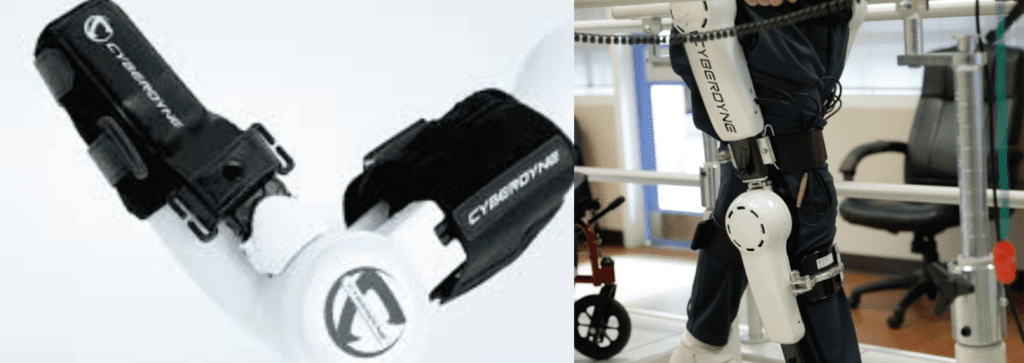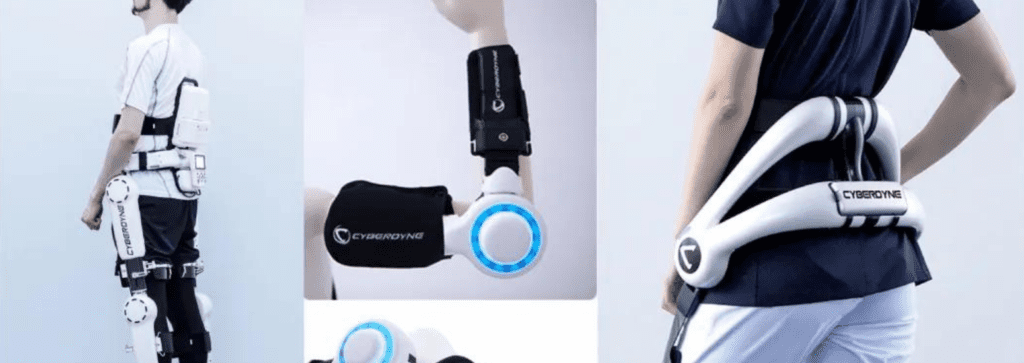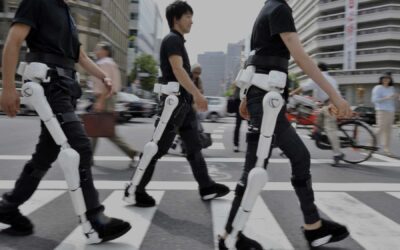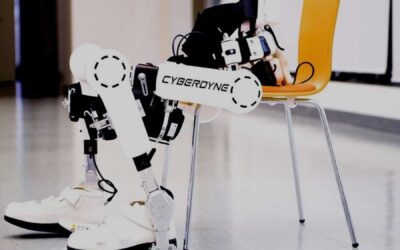Wearing HAL® leads to a fusion of “man”, “machine” and “information”.
HAL Lower Limb – More Sense in Neurorehabilitation. It senses the neural data to treat neurological conditions.
Cyberdyne is a new technology under the treatment that uses Robotics to operate. The use of a Hybrid Assistive Limb (HAL) to assist the patient is used in this process. The technology that has been developed is based on the new concept of IoT technology.
The Wearable Cyborg

The Wearable Cyborg™ – HAL generates commands, sends-receives signals, and assists the intended movement. Cyberdyne Treatment uses HAL to improve and restore the function of the user.
Treatment of Neurological difficulties – Rehabilitation robots in physical therapy…
The Wearable Cyborg™ – HAL is designed for treatment to improve patients’ physical functions. The treatment targets spinal cord injury, stroke, neuromuscular diseases, etc.
It makes more sense to utilise neural information sensed by HAL to treat neurological problems. This neuro-rehab device helps the wearer move limbs based on the signals sent from the brain to the muscle detected through the skin surface, to improve ambulatory function in patients with spinal cord injury, stroke, and several other neuromuscular diseases.
- Sensing neural information to treat neurological conditions
- Active participation in patient-driven robotic rehabilitation
- Empowering patients to walk without HAL after receiving HAL therapy
- HAL therapy is provided by medical professionals
Hal in Cyberdyne Treatment

Sending Signals
The brain sends command signals. When a person tries to move their body, the brain transmits necessary signals through the nerves to the muscles
Receiving Signals
The muscles receive the command signals. Each muscle contracts to move its corresponding joint when it receives the appropriate command signal sent from the brain through the nerves. With a spinal cord injury, this pathway is disrupted and the signal is too weak to generate sufficient force.
Reading Signals
HAL reads the signals. Signals sent to the muscles by the brain trickle onto the skin surface as very faint bio-electrical signals (BES). HAL uses sensors placed on the surface of the skin to detect these BES and recognises the kind of joint movement the wearer intended.
Moving
HAL moves as the wearer intends. HAL controls the power units at each joint based on the BES and allows the wearer to perform the desired movements with their voluntary commands.
Feedback
Information of movement is sent back to the brain. When HAL has appropriately assisted the intended movement, the feeling is fed back to the brain. Active use of these neural pathways for voluntary movement with physical feedback to the brain leads to an improved ability for the wearer to walk on their own.
Rehabilitation
HAL training is effective in the Neurorehabilitation of patients suffering neurologic motor deficits secondary to trauma and neurodegenerative processes after they have undergone normal rehab.
Cyberdyne treatment assists patients with paralysis or weakness of the limbs as a result of neurodegenerative disease. This allows for the repeated execution of physiologically faithful gait patterns, needed for recovery in cases of neurologic motor deficit.
Log onto https://rehabmodalities.com/ and put your thoughts into action with Cyberdyne-
“The Effective Neurorehabilitation using the Hybrid Assistive Limb – HAL”



